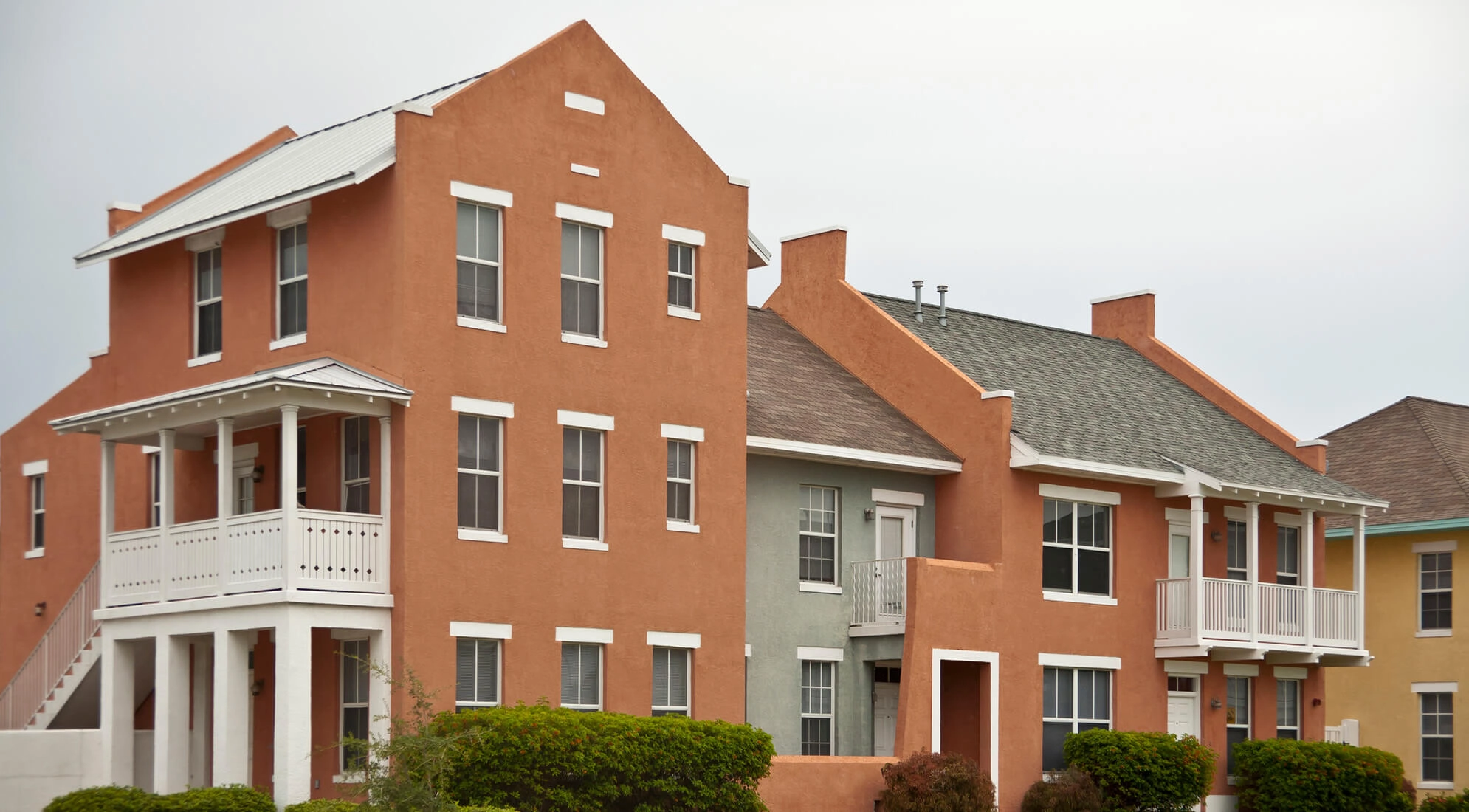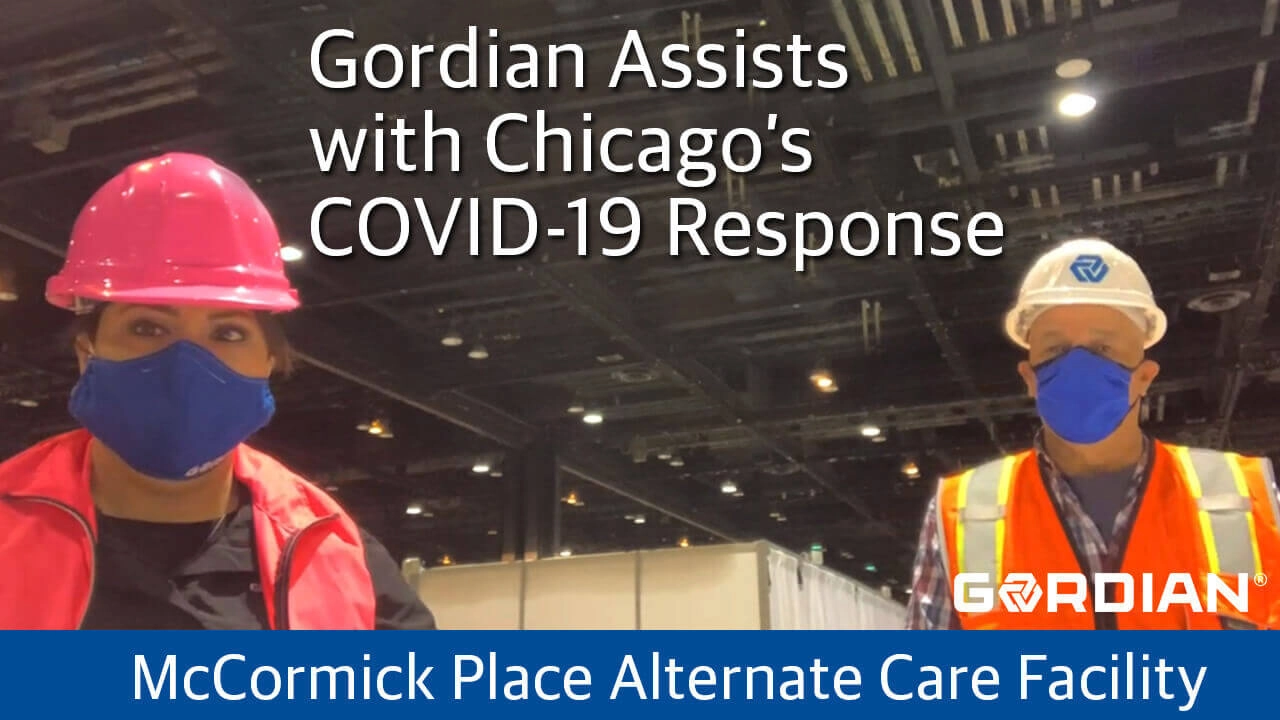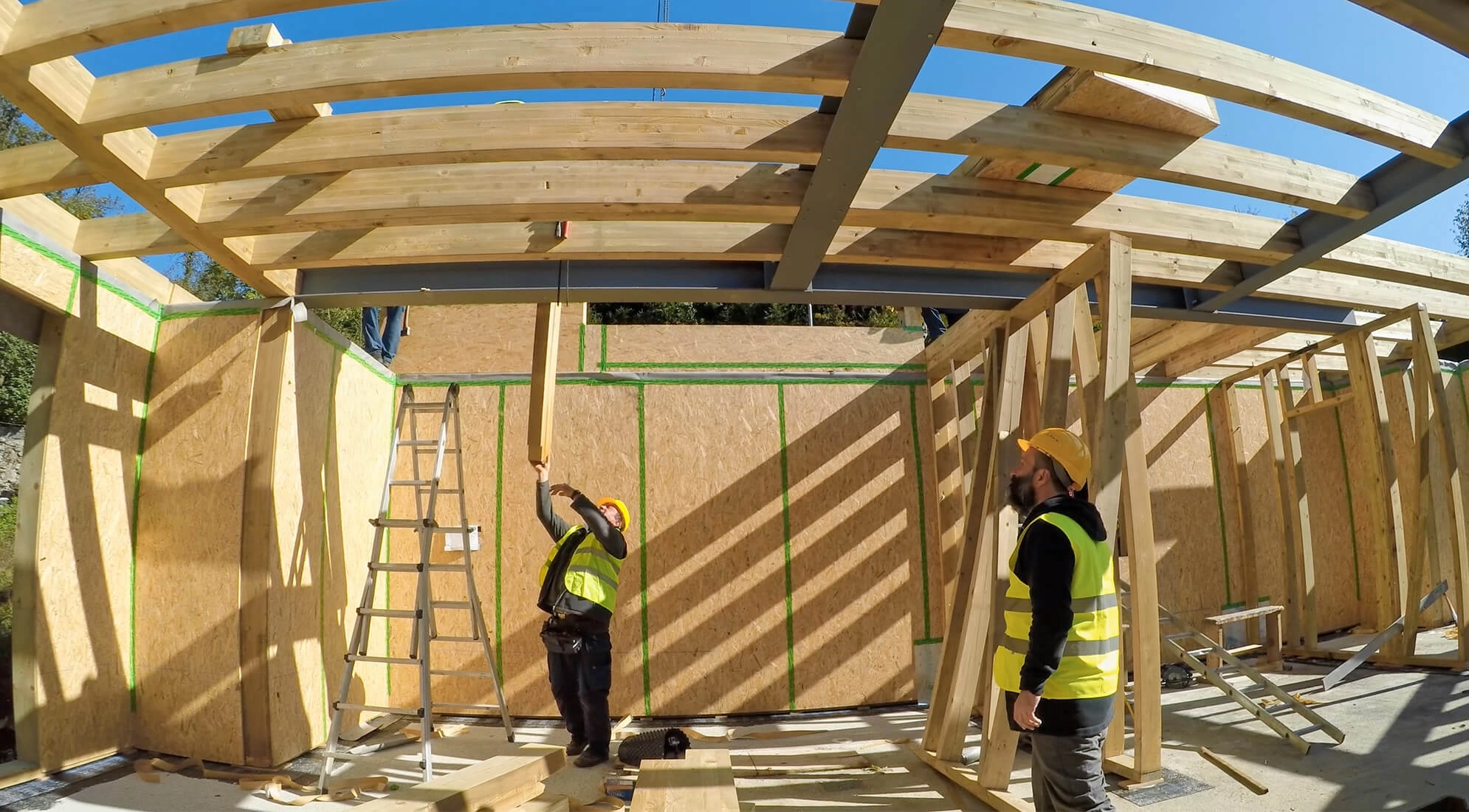If there’s ever been a time when the K-12 community needed to rally around each other, it’s now.
In the past few months, leaders of K-12 schools have made a sudden switch to virtual learning. They have faced shortages of necessary supplies. Now they are being challenged to create plans for returning to in-person instruction under social distancing guidelines.
With that in mind, the Texas Association of School Business Officials (TASBO) and Gordian recently brought together a group of school business officers from across Texas to virtually meet with their peers, discuss their challenges, share solutions and ideas and ask one another how the COVID-19 pandemic is affecting their schools and facilities.
Here are five struggles schools are facing as they consider re-opening in the fall and what they plan to do to overcome them.
1. Social Distancing
School districts have made the most of empty buildings by getting a jump start on summer construction while following social distancing guidelines. But what happens when students and teachers return to campus? How do social distancing guidelines work inside a functioning school?
K-12 leaders recognize the need to restrict group size — that’s an enormous task. So much of the typical school experience — recess, gym class, assemblies — involves large groups of students. One group experience that concerned Texas school leaders was meals. The most popular solution was to serve breakfast and lunch in classrooms, but that shift is not without downstream consequences. Eating in classrooms will lead to a need for more trash disposal, enhanced cleanup for classrooms and, potentially, carpet replacement.
Another area of challenge is busing. In order to keep the six feet social distancing rule in effect, only 12 students may be allowed on a bus at a time. What does that do to bus routes? Do schools need to rethink their bus fleet? These are all questions schools are grappling with as they try to maintain social distancing guidelines.
School business officers were already working with smaller budgets for the upcoming fiscal year. The pandemic has only intensified the financial strain.
2. School Funding
School business officers were already working with smaller budgets for the upcoming fiscal year. The pandemic has only intensified the financial strain. They know they need more cleaning supplies, and they may need more buses. Many of the leaders we talked to were concerned that school nutrition programs may be cut, further stretching a thin budget. And those are just the funding concerns schools have for returning to buildings.
If forced to return to a virtual learning model, schools may need WiFi hot spots for teachers and students. Schools also have to consider accommodations for students without computers in the home and aids for teachers conducting classes virtually.
With a possible decrease in funding to K-12 schools, school business officers looked to alternative funding from the Federal government to help their increased needs for personal protective equipment (PPE) and cleaning supplies and equipment to keep their students, staff and community safe during the pandemic.
3. Classrooms and Other School Spaces
Schools are struggling to make decisions about space. If student desks are to be stationed six feet apart, classroom space will be severely limited. These circumstances may result in spaces being expanded or schedules being changed as schools attempt to minimize the number of students in a given space.
A solution that is being implemented in classrooms are cubes and plexiglass separations that encourage social distancing while allowing for an extra barrier between students and staff. To make such changes quickly, some school districts are utilizing Gordian’s Job Order Contracting (JOC) solution to expedite construction procurement. An alternative to traditional procurement, JOC allows school districts to quickly complete renovations and construction while also providing cost control and financial transparency.
In all spaces, schools are adding touchless mechanisms for surfaces like doors, sinks and lighting to reduce common touchpoints and help prevent the spread of disease. When it comes to cleaning spaces utilized by students and staff, Texas school leaders discussed using electrostatic sprayers and misters to disinfect high touch areas in a short time. Many facility leaders are also looking to increase fresh air circulation in HVAC systems.

4. Standardizing School Safety Protocols
With cases of coronavirus spiking across the Sun Belt and the Southwest, school safety protocols and procedures are a concern. What happens when a student or staff member tests positive for COVID-19? How do schools develop those protocols and how do they communicate them — particularly to staff who speak limited English?
One solution for communicating these new protocols is to present them in smaller groups that provide a more encouraging environment for asking questions than a large presentation. Additionally, schools are developing job aids and other standard documents to communicate expectations. For example, as new cleaning solutions and processes have been introduced, schools have found it’s helpful to have Material Safety Data Sheet (MSDS) documentation on hand for easy access, so associates will know how to work safely with unfamiliar chemical products and equipment.
The group agreed that communicating cleaning standards and safety protocols to staff and students is one of their most important responsibilities and key to maintaining the health of everyone.
5. Check-in/Check-out
There are states who want a record of who enters buildings in case they need to trace contacts. Schools are struggling to meet the state requirement in light of the number of coaches, parents, teachers, volunteers, school district officials and other school visitors, who used to be welcomed on a daily basis.
Enhancing the check-in/check-out process is creating a demand for accurate record-keeping technology. Some facility managers are requiring badges for employees to enter buildings, but what about students and other visitors? Schools are evaluating technologies such as body temperature screening, that minimize business disruption and capture the data the state requires and determining how to train staff to use them.
Working Hard to Re-Open Schools
Despite the challenges that have arisen from the pandemic, school leaders are determined to find solutions for their facilities and their students. These leaders are leaning on each other and their partners to overcome their struggles while providing a safe and comfortable learning environment for the upcoming school year.






